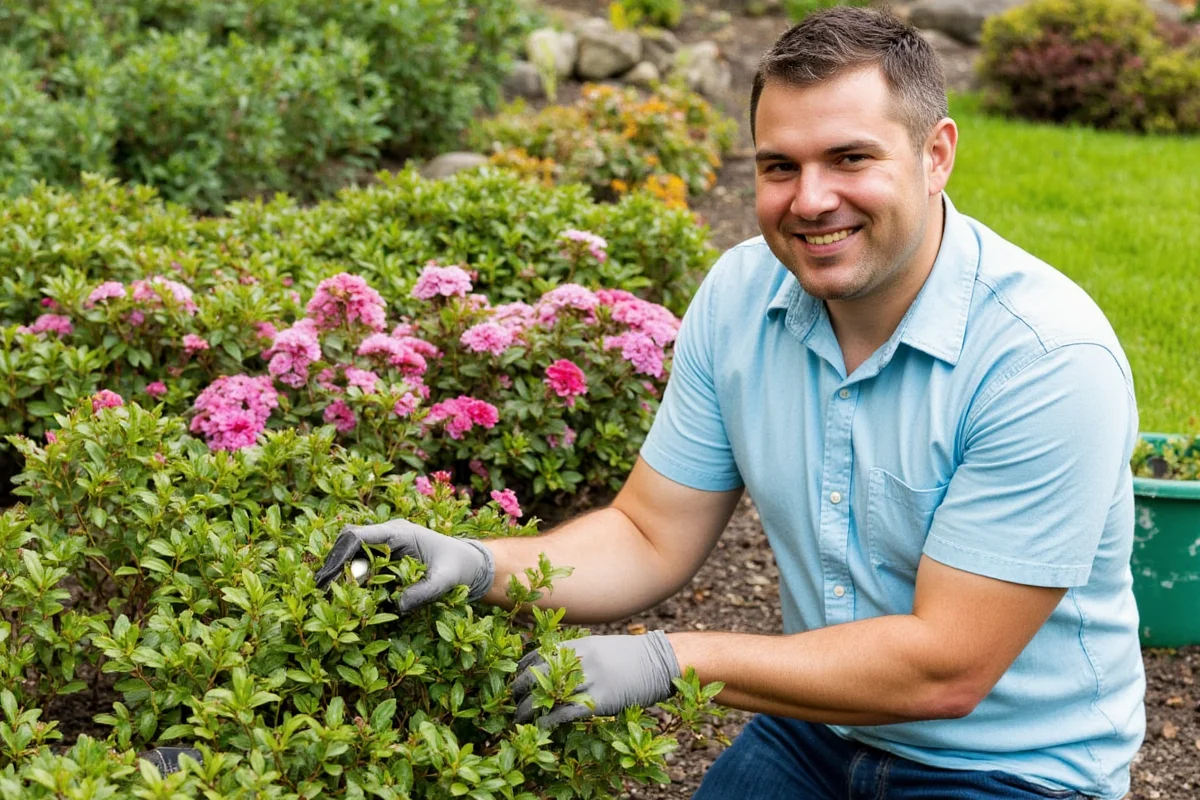Succulents are admired for their striking appearance and minimal care requirements, making them a popular choice for indoor and outdoor plant enthusiasts. These hardy plants can thrive with just a bit of attention, and understanding their specific needs can ensure they remain healthy and vibrant. In this guide, we'll go through essential tips to keep your succulents alive and flourishing, whether you're a novice gardener or seasoned with greenery.
Understanding Succulent Light Requirements
Succulents are sun-loving plants, and their light needs are among the most critical aspects of their care. While outdoor succulents enjoy direct sunlight for most of the day, indoor succulents may require some adjustment to get the right amount of light.- Place indoor succulents on a sunny windowsill where they can receive at least six hours of sunlight daily.
- If sufficient sunlight isn't available, consider using grow lights to mimic natural sunlight.
- Observe your plant regularly for signs of inadequate lighting, like elongated stems or dull, pale leaves, indicating they are reaching for more light.
Watering Succulents Correctly
Proper watering is crucial to keeping your succulents healthy, and finding the right balance is key. Succulents store water in their leaves and stems, allowing them to go through dry spells without distress. Here are some watering tips:- Water succulents deeply but infrequently, letting the soil dry out completely between watering sessions.
- Use pots with drainage holes to prevent water accumulation, which can lead to root rot.
- Adjust watering according to the seasons: less in winter when growth slows down, and slightly more during the growing season in spring and summer.
Choosing the Right Soil for Succulents
A suitable soil mix provides adequate drainage and air circulation, which are essential for succulent health. Regular potting mix retains too much moisture, often resulting in root diseases. Consider these soil tips:- Opt for specialized succulent or cactus soil mixes available at garden centers, which offer superior drainage.
- Create your own mix by combining potting soil with coarse sand or perlite to enhance aeration.
- Repot succulents in fresh soil every couple of years to refresh nutrients and prevent compaction.
Controlling Temperature and Humidity
Succulents are adapted to thrive in dry climates, so managing temperature and humidity is vital. Most types are tolerant to a range of temperatures but prefer staying between 60 to 80 degrees Fahrenheit.- Position succulents in areas where temperature fluctuations are minimal, avoiding drafts from windows or air conditioners.
- Regulate indoor humidity levels, keeping it low to prevent fungal issues usually exacerbated by moist conditions.
- Protect succulents from frost in colder seasons by bringing them indoors or covering them during nighttime drops in temperature.
Handling Common Succulent Pests and Problems
Succulents can occasionally fall victim to pests or diseases, often due to improper care. Being vigilant and knowing early signs can prevent minor issues from becoming major setbacks.- Regularly check for signs of pests like aphids, mealybugs, or spider mites, and use appropriate insecticidal soap or neem oil to control infestations.
- Prevent root rot by ensuring optimal drainage and allowing the soil to dry thoroughly between waterings.
- Prune dead or damaged leaves to boost healthy growth and help identify any underlying issues early.
By understanding the nuanced needs of succulents in various environments, enthusiasts can maintain vibrant plants with minimal effort. These adaptable and beautiful plants only require basic care elements like adequate light, proper watering, suitable soil, controlled climates, and vigilance against pests to thrive.











 浙公网安备
33010002000092号
浙公网安备
33010002000092号 浙B2-20120091-4
浙B2-20120091-4